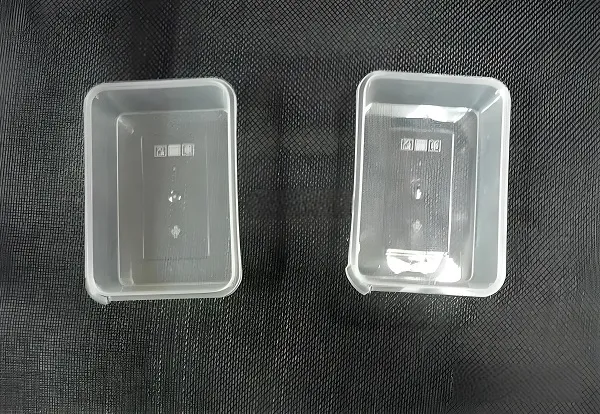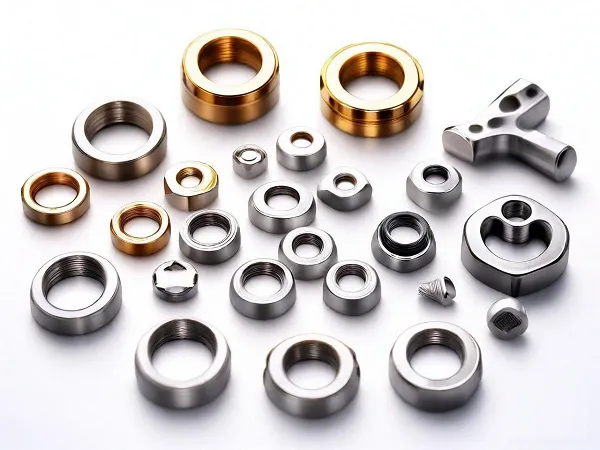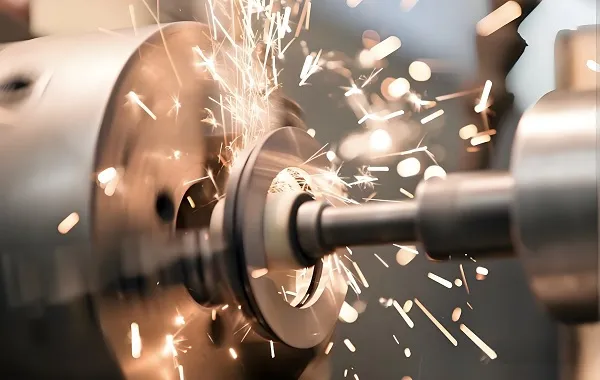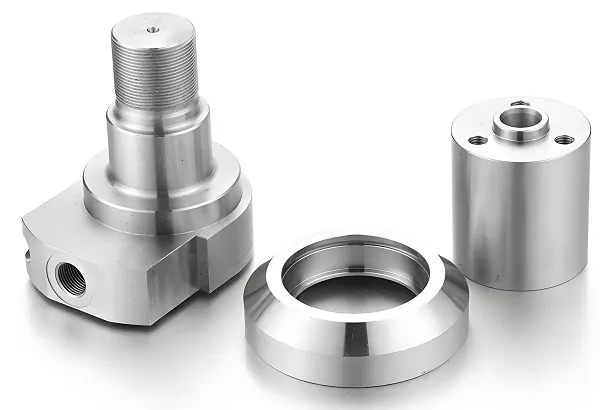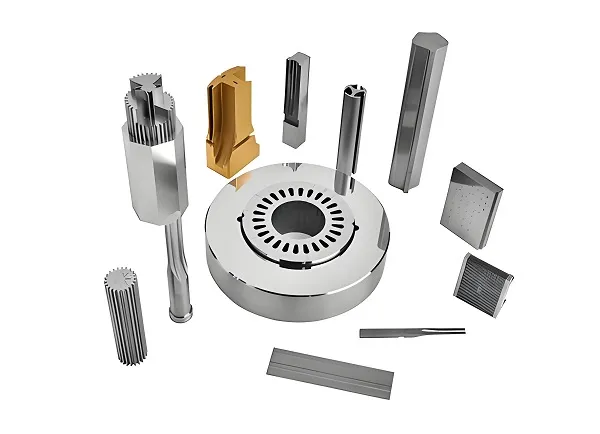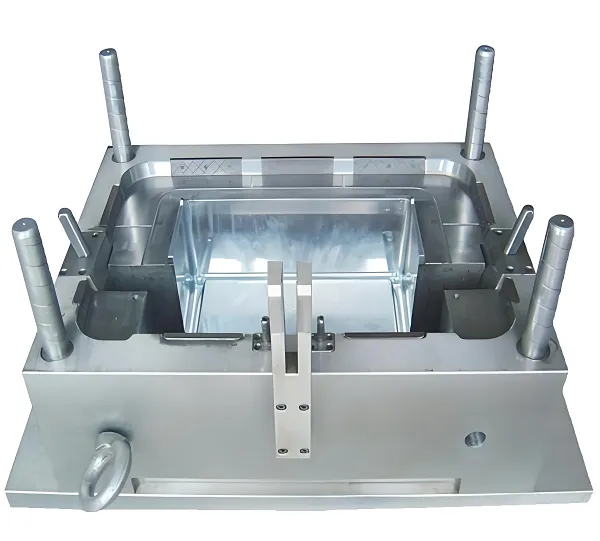Reverse injection molds, also known as back pressure injection molds or inverse injection molds, are a special type of injection mold design characterized by a mold structure that allows the plastic melt to be subjected to a certain amount of back pressure during the injection process, which improves the filling effect of the plastic, increases the density and strength of the product, and at the same time reduces internal defects such as porosity and shrinkage marks. This type of mold design is widely used in the production of plastic products that require high quality appearance and precise dimensional control.
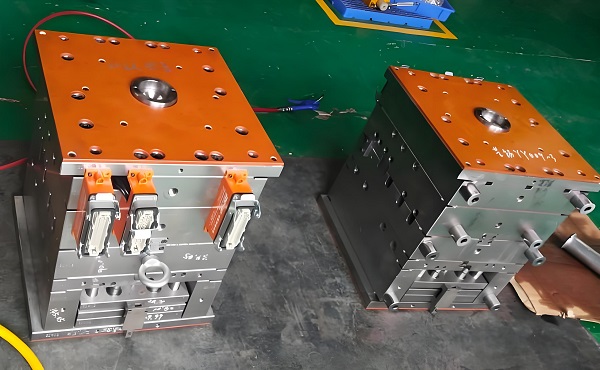
1.Reverse injection mold production process
Demand analysis and design: According to the customer’s specific demand, including product shape, size, material, output, etc., the mold design. Key factors such as mold structure, cooling system, ejector mechanism, etc. need to be considered in the design process.
Mould Material Selection and Procurement: According to the design requirements and budget, select the appropriate mold materials, such as mold steel, alloy steel, etc., and make purchases.
Mold Processing and Manufacturing: Including roughing, finishing, heat treatment, plating and other processes of mold parts to ensure the precision and durability of the mold.
Mold assembly and debugging: the processed mold parts are assembled and debugged to ensure the normal operation of the mold on the injection molding machine and product quality.
Trial mold and acceptance: Use the actual plastic material for trial mold, adjust and optimize the mold according to the results of the trial mold until it meets the customer’s requirements.
2.Reverse injection mold processing steps
Cavity and core processing: According to the design drawings, use CNC machining centers and other high-precision equipment to process the cavity and core to ensure dimensional accuracy and surface finish.
Heat treatment: Heat treatment of mold parts to improve their hardness and wear resistance, to extend the service life of the mold.
Electroplating and polishing: electroplating the mold parts to enhance their corrosion resistance and surface hardness; at the same time, polishing to improve the surface finish and aesthetics of the mold.
Assembly and debugging: assembling the processed mold parts and debugging to ensure the stability and accuracy of the mold in the injection process.
3.Customized reverse injection mold service
Personalized design: according to the specific needs of customers, provide personalized mold design services to ensure that the mold meets the special needs of customers.
High-quality manufacturing: Adopt advanced processing equipment and technology to ensure the manufacturing precision and quality of the mold.
Rapid Response: Provide rapid response service to answer customers’ questions and needs in time to ensure the smooth production and delivery of the molds.
After-sales support: Provide comprehensive after-sales support services, including mold maintenance, improvement and optimization, etc., to ensure the continuous and stable operation of the mold.
4.Making reverse injection mold materials
Material: Mold steel (such as P20, H13, NAK80, etc.), alloy steel, stainless steel, etc.
Characteristics:
High strength: the mold material has high tensile strength and yield strength, can withstand high pressure and high temperature in the injection molding process.
High hardness: mold materials have high hardness after heat treatment, can resist the abrasion and corrosion of the plastic melt.
Good thermal conductivity: the mold material has good thermal conductivity, can quickly transfer the heat of the injection process to the cooling system to ensure the cooling and curing of the products.
Corrosion resistance: the mold material can resist the erosion of the chemical components in the plastic melt, to maintain the long-term stability of the mold.
Machinability: the mold material is easy to process and cut, can meet the manufacturing requirements of complex mold structure.
5. Reverse injection mold processable materials
Material: polyethylene (PE), polypropylene (PP), ABS, polycarbonate (PC), nylon (PA), polyformaldehyde (POM) and so on.
Characteristics:
Good flowability: These plastic materials have good flowability and can fill the mold cavity smoothly during the injection molding process.
High strength: after injection molding, these plastic materials have high strength and toughness, to meet the requirements of the use of products.
Corrosion resistance: these plastic materials can resist the erosion of a variety of chemical substances, to maintain the long-term stability of the products.
Good processing performance: these plastic materials are easy to process and molding, to meet the manufacturing requirements of complex products.
Recyclability: these plastic materials have good recyclability, which is conducive to environmental protection and sustainable development.
6. Reverse injection mold processing technology
Mold Preheating: Preheat the mold before injection to increase the temperature of the mold and reduce the thermal stress during the injection process.
Injection Filling: Inject the plastic melt into the mold cavity, and ensure that the plastic melt fills the mold smoothly by controlling the injection speed and pressure.
Pressure Holding and Cooling: After the injection is completed, the mold is pressure held and cooled to ensure the density and dimensional stability of the product.
Ejection and demolding: When the product is cooled and cured, the ejection mechanism is used to eject the product from the mold and demold it.
7. Reverse injection mold production
Injection Molding Machine: Used to inject the plastic melt into the mold cavity, it is the core equipment for reverse injection mold production.
CNC machining center: used for high precision machining of mold parts to ensure the manufacturing precision and quality of the mold.
Heat treatment equipment: used for heat treatment of mold parts to improve their hardness and wear resistance.
Plating and polishing equipment: used for plating and polishing of mold parts to enhance their corrosion resistance and surface finish.
Inspection and Measurement Equipment: Used to inspect and measure the molds and products to ensure the dimensional accuracy and quality of the products.
Customized Reverse Injection Mold Service FAQ
Q1:What industries are reverse injection molds suitable for?
A1: Reverse injection molds are widely used in many industries such as automotive, electronics, home appliances, medical, toys, etc., especially in the production of plastic products that require high-quality appearance and precise dimensional control.
Q2:How long does it take to customize reverse injection mold?
A2: The time for custom reverse injection molds depends on the complexity of the mold, material selection, availability of production equipment and other factors. Generally speaking, it may take several weeks to several months from design to delivery.
Q3: What is the cost of a reverse injection mold?
A3: The cost of a reverse injection mold depends on factors such as the size and complexity of the mold, material selection, and production quantities. Therefore, it is impossible to give a fixed cost. Detailed consultation and quotation with the mold manufacturer is recommended.

